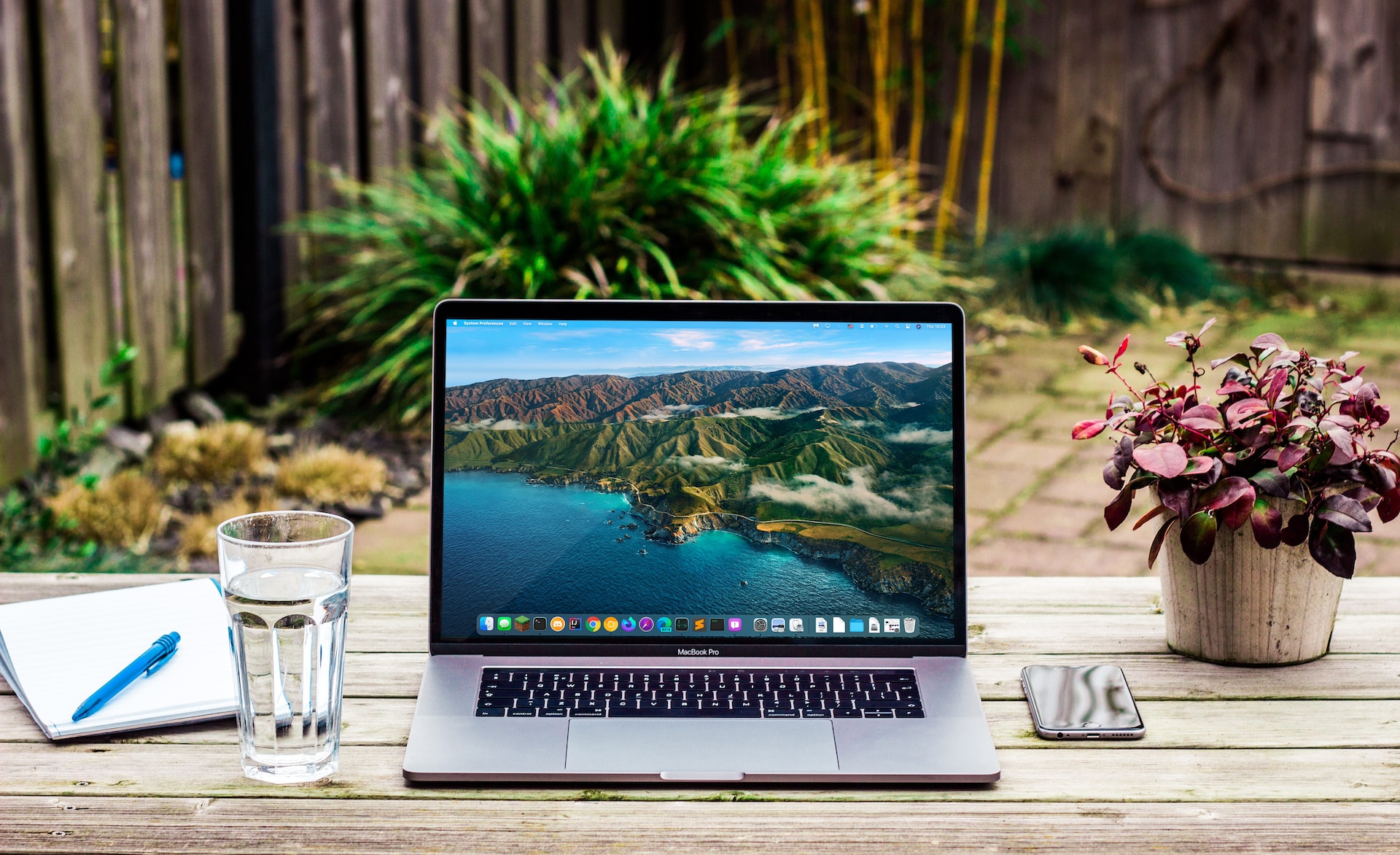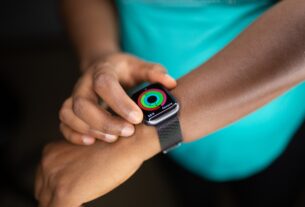The MacBooks versus Windows laptops debate has raged for decades, but never before has it been so intense or consequential. New advances in processor technology propel even entry-level MacBooks to high-performance goals, and a move away from inexpensive plastics levels the playing field between these two platforms. Windows 11 and MacOS are both simple and intuitive operating systems. Their primary difference, however, lies in their respective ecosystems.
This means you must carefully consider where to invest your hard-earned cash. The laptop you choose now will have a significant impact on the accessories you purchase, the applications you use, and even the phone you carry. Your entire workflow, including window management and keyboard shortcuts, will depend on the platform you select. This is not an easy decision.
The 2020s have been phenomenal for computing thus far. This new era has also been extremely challenging for consumers due to the dominance of ecosystems. Once you’ve invested money and time in a particular ecosystem, switching to another is difficult. It’s time to make wise decisions.
Build quality
Apple hits the ball out of the park with its tangible hardware. Apple MacBooks are beautiful from a strictly aesthetic (and subjective) standpoint. They are attractive. They feel fantastic. This angular industrial-minimalist design appears to be worth at least $2,000. Since the introduction of the M2 MacBook Air in June 2022, the design of every MacBook has been identical.
Don’t overlook the genuine quality a Mac will provide. Take the hinges as an illustration. Any Mac can be opened with one hand. The screen opens while the base remains unchanged. Additionally, the screen remains in the position you left it in. There is no shake. There is no falling. Apple has perfected hinges, while no Windows manufacturer comes close.
Apple has eliminated the awful butterfly keys, so you’ll also receive an outstanding keyboard. This keyboard will be useful if you are a programmer or writer. There is nothing comparable available for laptops. The same can be said for the Mac’s trackpad, which is the finest of any laptop. The haptic feedback, precision, and swipe gestures make the MacBook’s trackpad superior to that of any Windows laptop.
However, Windows laptops have an advantage in terms of construction quality: variety. Whether it’s the Asus ZenBook, the Dell XPS line, or even Microsoft’s Surface Laptops, the leading Windows laptops share a similar industrial design language with Apple’s MacBooks. As a whole, you have significantly more design and color options than you do with MacBooks. Some of them, such as the Surface Laptop, even have adequate trackpads, although they are still inferior to those of a MacBook.
You will find the same attention to the hinges on no Windows laptops. This is not a game-changing development, but you will need two hands to access your computer.
MacBooks are the superior laptop in terms of build quality, at least when considering the consistency of that quality across the complete MacBook lineup.
Internals
When deciding between MacBooks and Windows laptops, it is essential to consider the computing capacity you require. MacBooks use ARM processors, which are becoming more potent daily. They are able to integrate graphics and processing into a single small chip, resulting in an exceptionally long battery life. You will scarcely hear the fans begin to spin up.
In contrast, Windows laptops typically employ Intel or AMD processors and Nvidia or AMD graphics cards. This results in higher power consumption and shorter battery life, and the fans are continuously operating. Due to the x86 architecture’s increased versatility, you can play more games and download more programs. Additionally, some Windows laptops are transitioning to ARM processors, so this field is less divergent than it once was.
There is no significant difference between the capabilities of MacBooks and Windows laptops, although you will have greater access to more advanced graphics on Windows machines.
Operating system
The flesh and potatoes of the debate between MacBooks and Windows laptops are their respective operating systems. MacOS is an elegant and mature UNIX-based operating system. Aside from minor tweaks and visual updates, it hasn’t altered much in the past twenty years.
The OS is uniform across all applications. This means that the menu items, icons, and overall appearance of each app are uniform. For example, regardless of the program, the File menu will always be located in the same location.
Windows is an entirely distinct animal. In the past few years, Windows 10 and Windows 11 have been the most significant alterations. Windows 11 resembles MacOS with its centered taskbar, rounded corners, and sleek, crystalline appearance. Both Windows 10 and Windows 11 appear as good as MacOS, so the most significant differences lie beneath the hood.
Numerous Windows versions from the past have been left in the system. There are subsystem control interfaces that date back to Windows XP. The Windows source code is a Frankenstein’s monster comprised of years of various versions. Each application you use will have its own appearance. Menu items can be placed wherever the developer desires. Windows 11 attempts to bring order to the system as a whole, but it’s still a wilderness out there.
Visually, both operating systems are comparable, but MacOS is plainly superior due to its user-friendliness and uniform UNIX environment.
Read the article for more detailed comparison of Windows 11 vs macOS: Which Operating System is Better for You?
Windows
There are some annoyances with MacOS, starting with the behavior of windows. The “X” in the upper-right corner does not close windows; it merely minimizes them. To entirely close out of a window, you must press Command + Q or right-click on its icon. Windows users migrating to MacOS will find this extremely annoying.
MacOS makes Windows administration a miserable experience overall. You can work in two windows side by side, but if you want to do anything else, you’ll need a third-party toolbar app. Additionally, if you have two instances of the same application open, you cannot use the Command + Tab to switch between them. You must right-click on the icon and then click on the desired window.
The same holds true for attempting to determine how many instances of an application are currently running. You’ll only see a small black dot below the icon; you won’t be able to see, for instance, that you have four Safari windows active.
Windows 11’s window management is phenomenal. There are multiple predefined layouts available for use. Snapping windows to the sides of the screen is as simple as dragging them, and you can re-center everything by grabbing a window with the cursor and shaking it vigorously.
Each instance of an active application is displayed on the taskbar. If you have four Edge browser windows active, each will have its own icon on the taskbar, making it easy to locate the one you require. You can switch between them using Alt+Tab. If you have multiple monitors, you can drag individual windows to the second monitor, and the taskbar icon will also move, allowing you to determine which window is active on which monitor.
What is the greatest feature of Windows? The Close button terminates the application. Revolutionary, wouldn’t you say?
Windows is obviously the superior operating system for managing windows, despite MacOS’s strengths in this area.
Ecosystem
Both Windows laptops and MacBooks include a robust ecosystem of native applications, including email, calendars, note-taking, and reminders. Apple’s MacBook offerings are still rudimentary. Notes and Reminders have improved significantly over the past five years, but still lag behind many third-party applications. Despite Apple’s lackluster updates since MacOS Ventura, Apple Mail is deplorable.
MacBooks truly excel within the Apple ecosystem. Using an iPhone, iPad, Apple Watch, or AirPods with a MacBook is an absolute pleasure. Large files can be transferred via Airdrop from one device to another in virtually real-time. Your AirPods automatically connect without your intervention. Continuity enables advantages such as duplicating a link from an iPhone and pasting it on a MacBook. iMessage on the Mac is fantastic, and Apple Keychain ensures that your credentials are synced across all of your Apple devices.
Apple is the downside of this ecosystem. You will be restricted to Apple’s limited conception of what an ecosystem should be. Android is incompatible with Mac. Windows is inoperable. And if you rely on Apple’s native applications, you will be limited to Apple devices. The iCloud.com website is minimal, and you won’t be able to perform many other tasks outside of the platform.
Windows laptops, on the other hand, are considerably more accessible, which is where the Windows platform truly excels. Thanks to Microsoft’s Your Phone app for Android, you can obtain many of the same capabilities on your Windows laptop as you would on a MacBook, including messages and file transfers (to a certain extent). Windows is extremely compatible with Samsung phones in particular.
You will also have access to Microsoft’s exceptional first-party applications. Apple’s productivity software is light years behind Microsoft’s. Even the most basic Windows Mail client is more functional and user-friendly than Apple’s Mail app. OneNote is a monster and one of the finest productivity applications ever developed.
Best of all, all Microsoft applications are available on all platforms. There are applications available for Apple devices, and Microsoft’s web applications are equally potent.
Gaming is the one area where a Windows laptop is unquestionably superior to anything Apple has to offer. You cannot appreciate gaming on a Mac laptop in the same way you can on a Windows laptop. Certainly, some notable titles are available on MacBooks. Cloud gaming is available via Game Pass Ultimate, Stadia, and GeForce Now. However, not all functionality, fluidity, or offline capabilities are available.
Apple’s ecosystem is inferior to the Windows ecosystem. This seems counterintuitive given Apple’s reputation for its ecosystem. Apple, however, is too closed and dependent on Apple-only devices for use in the actual world. It is a meticulously manicured garden rather than a diverse, natural ecosystem.
Windows, on the other hand, completely nails the concept of an ecosystem. Despite the fact that a more curated experience is preferable for some, you can use more devices and applications with a Windows laptop than with a MacBook.
Useful Article: Laptop Buying Guide: Things to Consider Before You Make a Purchase
How to choose
When it comes to build quality and the UNIX-based MacOS operating system, MacBooks are preferable. Windows laptops are compatible with everything, including the ecosystem.
You should only choose a MacBook over a Windows laptop if you want to feel at home within the Apple garden. You sacrifice a variety of accessories and applications, as well as the ability to truly game, but you receive a polished, aesthetically pleasing computing experience.
Everyone else needs a Windows-based laptop. You will have a great deal more discretion in how you utilize the machine. If you carry an Android phone, you shouldn’t even contemplate purchasing a MacBook. Also, there is no actual choice for players. Windows or nothing.



